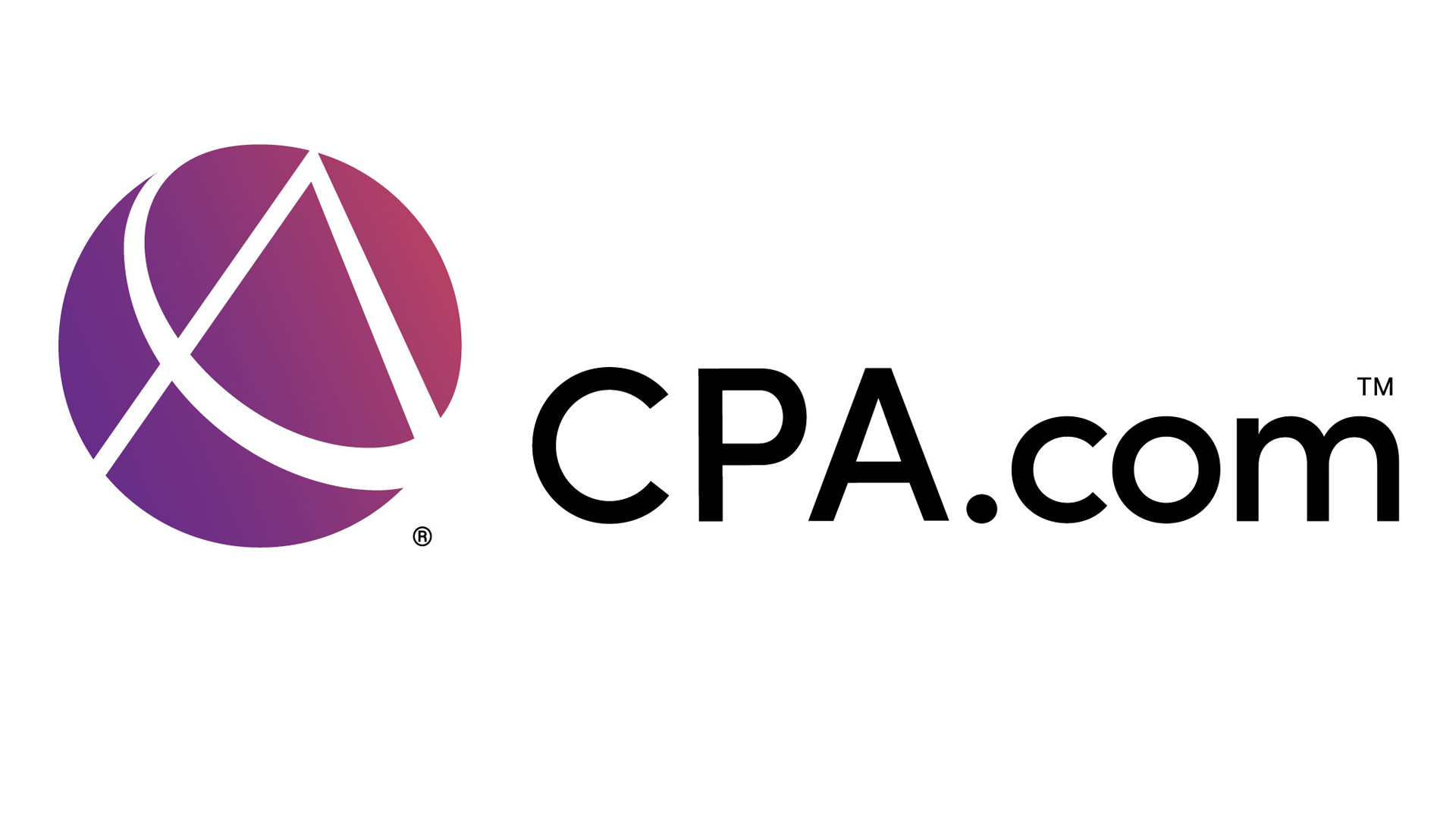Accounting firms must make the best use of skilled resources. Employees from the top to the bottom of a firm’s org chart typically have full schedules. So, finding the right combination of employees at different pay grades to complete projects on time, according to the highest standards – while maximizing profitability – can be a challenge. Additionally, The Great Resignation, along with accounting industry trends that reveal an aging workforce, may make open positions difficult to fill. In some cases, firms turn to contractors to help complete work, adding complexity to the workforce planning process.
Enterprise resource planning (ERP) systems and complementary software, such as SAP Analytics Cloud for Planning, can automate data collection and analysis necessary to optimize employees you assign to each project. However, ERP and planning systems are designed for use across industries and don’t have tools specific to the accounting industry. Therefore, workforce planning teams may find it necessary to perform manual tasks relying on HR, finance, and management teams to help them break down data silos and find the information they need to build an effective team that can deliver the services their clients need.
How to Automate Workforce Planning Processes
Some firms have developed applications to assist with workforce planning. However, a solution developed in-house can create headaches, requiring testing and maintenance each time there’s a new ERP version or security patch release.
A smarter strategy is to choose a customization for SAP Cloud for Planning, designed to streamline – and improve – workforce planning for accounting firms streamline processes in three key areas:
- Tracking and Monitoring Time
Effective workforce planning requires good data. However, when employees track time manually, the data may not clearly reflect exactly how much time different phases of a project take. Furthermore, employees may forget or never find the time to update time trackers, so data isn’t available to inform future projects.
Automating time tracking with technology that logs hours when an employee works within the accounting firm’s system ensures data is accurate and available. Tracking time with technology also makes it easier to understand which employees at different pay grades, employees who work on cross-functional teams, or contractors perform specific tasks most effectively. So, workforce planners can assign the right people to the right tasks for quality work while keeping labor costs as low as possible.
- Enabling Greater Control Over Independent Contractor Payment Schedules
When it’s necessary to use contractors during tax season or provide support for specific projects, workforce planners need to consider cash flow. The best possible scenario is when contractor billing and payment from the client align, so the accounting firm won’t incur the risk of paying a contractor before they deposit funds from the project in their account.
Technology can minimize that risk by balancing the terms of the agreement with the contractor and the client, making payments on time, and minimizing cash flow issues. Using this technology, workforce planning can schedule contractors more confidently.
- Automating Workforce Planning from Start to Finish
Workforce planning typically involves a series of approvals to provide the checks and balances that ensure a project will proceed successfully and result in maximum profit. Using technology for workforce planning, project managers, HR and finance all have real-time visibility into the plan and any updates – and the solution can enable only viable projects to upload to the ERP system, minimizing confusion.
Technology also makes it feasible to create and analyze multiple workforce planning models that take different “what-if” factors into account, such as the potential to earn a success fee, which may justify adding resources to finish a project more quickly.
Eliminate Workforce Planning Silos
Accounting firms need a workforce planning tool that enhances efficiency and enables informed decision making. Legacy processes, including using spreadsheets and requesting data via email, don’t allow workforce planning visibility and require staff to perform tasks manually. It makes sense for accounting practices that need to give stakeholders quick access to real-time data via dashboards to enhance their ERP systems with customized applications, particularly for firms with the goal of enhancing the productivity of limited resources or accommodating high-value clients’ schedules and special projects.
Purpose-built technology works with the ERP system to keep an accurate account of time, collect and analyze data, minimize the risk of leveraging relationships with contractors, and ensure projects go through proper approval processes. This technology can be the key to accounting firms accelerating time to revenue and enhancing workforce planning overall.
=====
Will Chen is SAC Practice Lead at NIMBL.
Thanks for reading CPA Practice Advisor!
Subscribe Already registered? Log In
Need more information? Read the FAQs
Tags: Accounting, Firm Management, Technology




